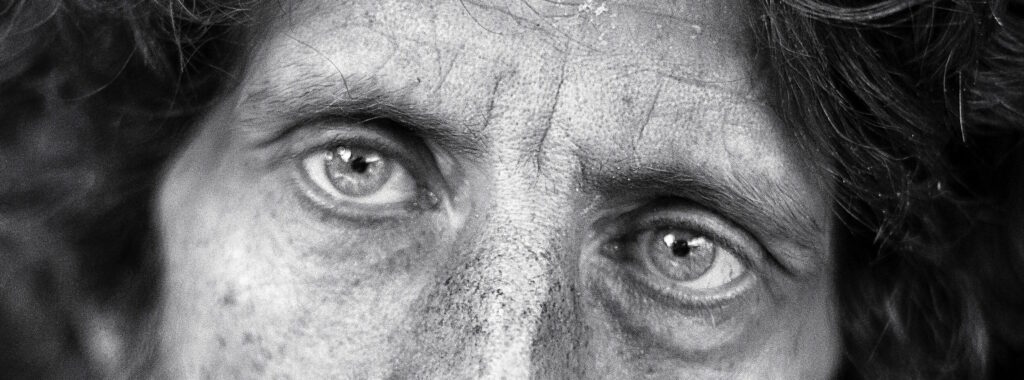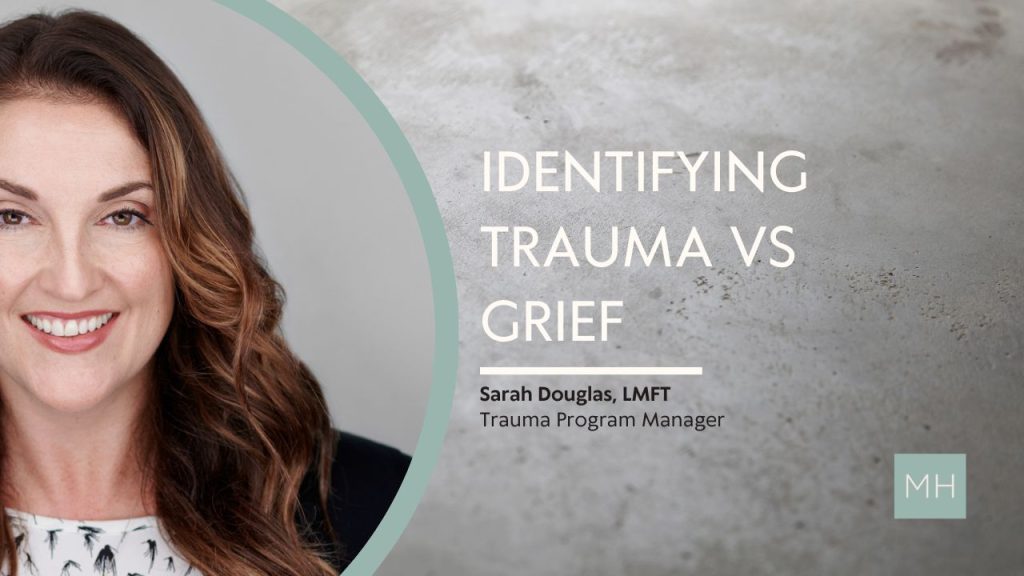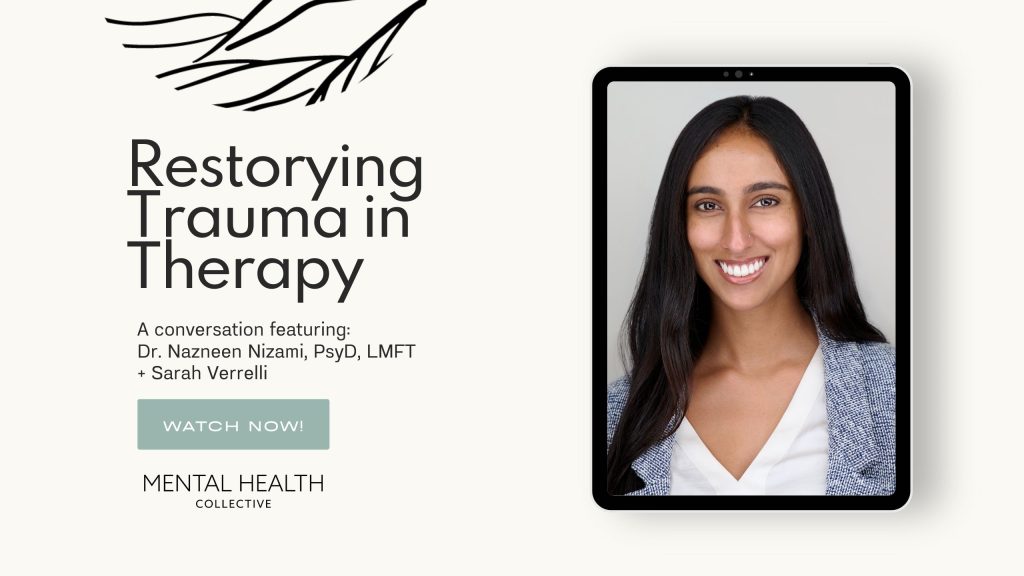Dr. John Huang of The Mental Health Collective shares his clinical perspective on EMDR in a recent interview.
What is EMDR?
EMDR stands for Eye Movement Desensitization Reprocessing and it can be especially helpful when the brain has been overstressed. At times the brain can become overstimulated: sights, sounds, smells, emotions can be so intense the brain will not be able to process them all at once, much like a computer that can crash when it is running too many programs at the same time.
EMDR involves looking at the trauma, feeling the associated feelings, and re-experiencing some of the sensory perceptions. We then take those experiences and organize them in chronological order. The brain is no longer overloaded because everything has a place. There are elements of processing, exposure, and cognitive elements.
Can EMDR help trauma patients?
With trauma, it can be difficult to achieve a larger viewpoint. Oftentimes in therapy just one slice of the patient’s experience is focused on, and it may be an unpleasant slice. EMDR affords the clinician a birds eye view of their fuller human experience.
I’ve noticed it is common in EMDR for a patient to feel worse before feeling better. The process is challenging, but in the end, patients feel the work to be worthwhile.
How would you compare EMDR to Prolonged Exposure and CPT (Cognitive Processing Therapy)?
After working with combat veterans for the last fifteen years, incorporating all three three techniques, EMDR is my “go to” trauma treatment. All three are effective and have their strengths but there are certain unique benefits to EMDR.
EMDR is a bit gentler than Prolonged Exposure because you start with a warm up memory. With Prolonged Exposure and CPT you start with a trauma right away. EMDR eases the client into the process in a more gradual fashion.
EMDR also provides a certain degree of flexibility. It integrates both Cognitive Processing and Socratic questioning.
All three of these main trauma approaches have elements of Cognitive Restructuring and Exposure which includes some emotional processing. Each modality just emphasizes them slightly differently.
Cognitive Processing emphasizes the cognitive aspect; for example, there is more reading and paperwork involved. Prolonged Exposure Therapy is more emotional or behaviorally focused. EMDR is more process focused with some somatic or physical elements. In EMDR, clinicians have more creative flexibility. For example, you can incorporate the Empty Chair Technique. The empty chair technique is a talk therapy exercise in which you express your thoughts and feelings as if you were talking to a specific person, even though that person is not present. This exercise can be very useful in some situations.
CPT and Prolonged Exposure are more structured with less flexibility in how they are practiced.
What is the typical length and frequency of treatment for EMDR?
Treatment length varies. 8 to 16 sessions is typical, but can extend up to 30 sessions. Some people respond very quickly and some people are just chipping away bit by bit each session. The duration of treatment also depends on how many traumas an individual has experienced. There are also other contributing factors like outside support systems or other issues such as medical issues or other mental health difficulties.
The frequency of sessions is typically once or twice a week, depending on the client’s particular situation.. Each session is usually 60-90 minutes in duration.
Are any other therapies complementary to EMDR?
Typically when doing EMDR, additional talk therapy is not needed. I do recommend a meditation program, as this can add benefits along the way. Meditation allows the patient to finally feel their feelings, which is what we are moving towards with EMDR as well. So often, we resist these really uncomfortable emotions and sensations. Meditation is a helpful way of easing into not pushing things away. EMDR boils down to a “feel it, to heal it” philosophy. Meditation greatly enhances one\’s ability to safely do this.
Exposure Therapies Can Be Intimidating–How Can Clients Manage This?
The treatment is not easy– but it is extremely effective. The key is to remember that, while the initial traumatic event was painful or dangerous, the memory of that event cannot harm you. I say to my combat vets that you have seen combat, which was the hard part. That will not be as hard as EMDR. This applies to anyone that has survived a trauma. If you can survive the actual trauma, you can receive treatment in a safe environment, in a therapeutic relationship with someone you trust. The clinician is taking the journey with you. You do not need to do it alone.
There is something very powerful about these techniques if people can give themselves an opportunity to try. Sometimes EMDR is the last thing people try. We will do anything to avoid looking at what is inside; drugs, alcohol, staying busy etc., but those things don’t heal us. Finally at some point, we need to find those tools that help us safely lean into the uncomfortable thoughts and feelings.
How Does Someone Find a Qualified EMDR Clinician?
There are two types of EMDR therapists– those who are EMDR trained and those who are EMDR certified. Certification is an extra level of training that incorporates collaboration with other certified therapists during actual EMDR sessions. If possible, find a therapist that is EMDR certified.
Also, it is important to feel comfortable with the therapist. Successful therapy depends on a trusting relationship; it may take a few sessions to determine if the therapist is the right fit for you.
Fortunately with EMDR, there is an easing into the process; you don’t just jump right into it. For example, we begin with the rapid eye movement technique. As you ease into the therapy, you are getting comfortable with both the techniques and the therapist. This is also an opportunity to practice some patience here and see how things unfold.
How Does Rapid Eye Movement Assist in EMDR?
There are a couple theories about why eye movement helps. We know that in REM (Rapid Eye Movement) sleep we are dreaming and processing the day, life situations etc., through dreams. It can be similar when we are doing this in the waking state. Also when you move your eyes from side to side you are stimulating both sides of the brain. This is called positive alternating Bilateral Stimulation (BLS). Research is still being done to see if this is one cause of therapeutic response.
REM also helps distract away from the traumatic memory. You feel more grounded in the present moment because you are following something (with your eyes) that is in the here and now. It is also distracting enough where you can\’t access the usual defenses from the memory. REM gives you a divided attention task; you are asked to process and talk about the memory while following something with your eyes.
There are other tools that can be used to bring the mind back to the present moment. EMDR can be done using tapping or tactile “pulsers” that you hold in your hands. Pulsers use alternating vibrating sensations.The clinician can also utilize tapping.
What kinds of Trauma Does EMDR work well for?
EMDR works for many different kinds of trauma: combat, vehicle accidents, survivors of sexual assault to name a few. EMDR also works with “lighter trauma”. When growing up, some individuals experience traumas that don’t cause the symptoms of PTSD but still greatly affect them. Even a small bicycle accident or getting spanked as a child can affect us. These types of traumas can also be processed with EMDR.
What would you say to someone who is undecided about whether to try EMDR?
One of the core symptoms of PTSD is avoidance. Avoidance is often the most problematic symptom because it keeps people from getting the treatment they need.
The other aspect that can cause hesitation is fear of revisiting the trauma. In actuality, people are more resilient than they may believe. On the other hand, therapy is not something to rush into either. It is best to consult with a certified therapist to see if it\’s the right time for you.
EMDR is not for everyone. There are a few factors to consider in terms of stability of your environment, stability of your living situation etc. Having a stable environment, and not going through any major life transitions can be helpful as you initiate therapy. Ideally, a client is also not misusing or abusing substances while undergoing EMDR.
Sometimes it may seem like there is never a good time to start EMDR, and this may be a reflection of our resistance or hesitation. We can consider the analogy of dental work. While it may initially be uncomfortable, the sooner our underlying issues are addressed, the better we will ultimately feel.
Interview By: C. Howe
DO YOU HAVE A QUESTION?
Send our team a message or call 888.717.9355


